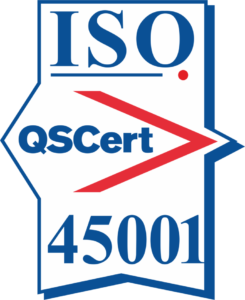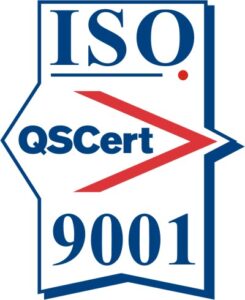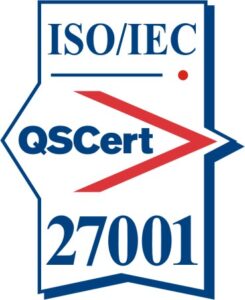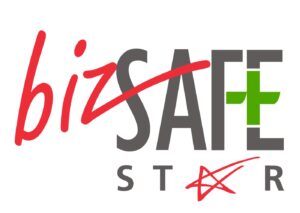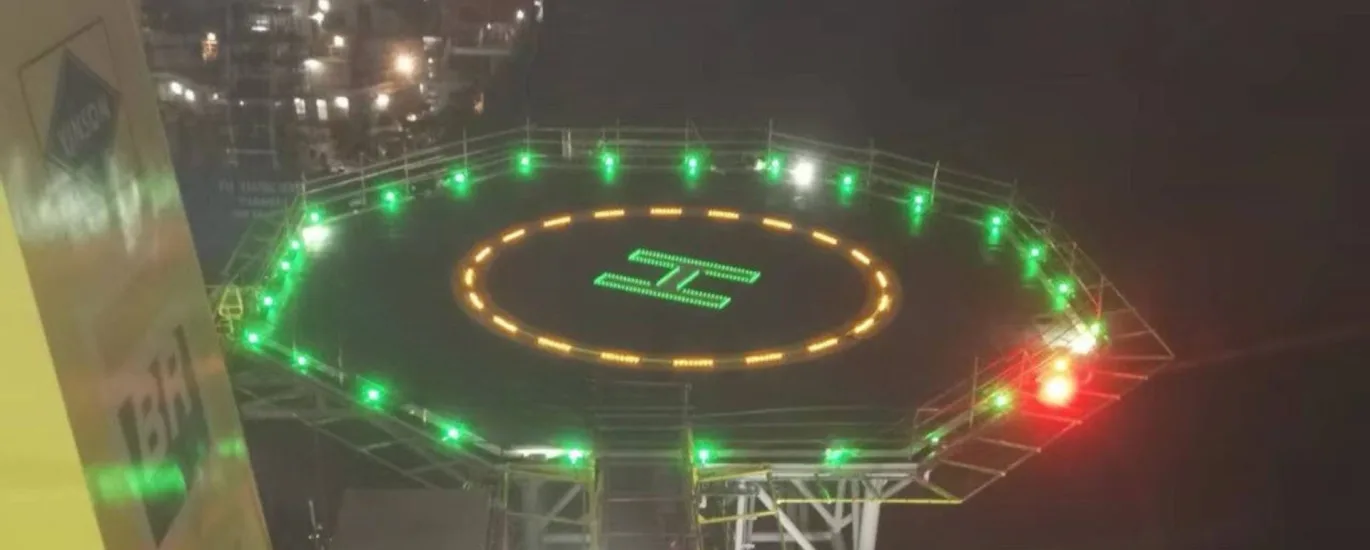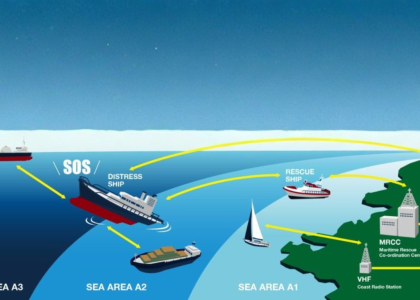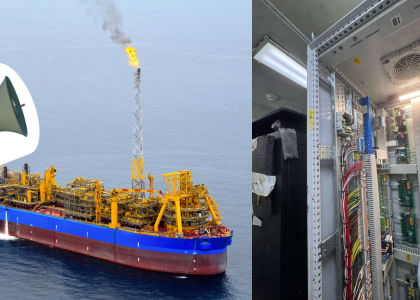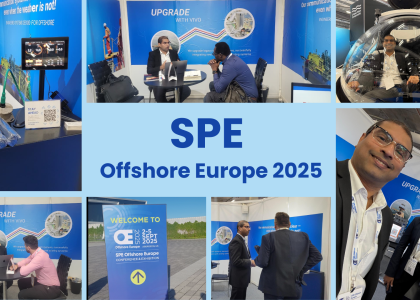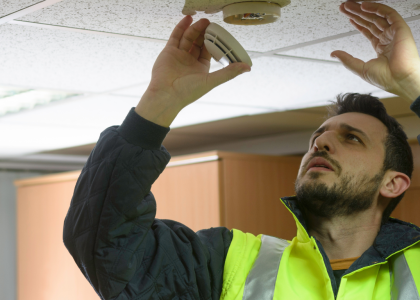Navigation aids are indispensable for ensuring the safe and efficient operation of FPSO vessels in offshore environments. Floating Production Storage and Offloading (FPSO) vessels serve as crucial hubs in offshore oil and gas production, acting as both a platform for extraction and a storage facility for the harvested resources. Operating these vessels safely and efficiently requires a comprehensive understanding of navigation aids tailored to the unique challenges of offshore environments.
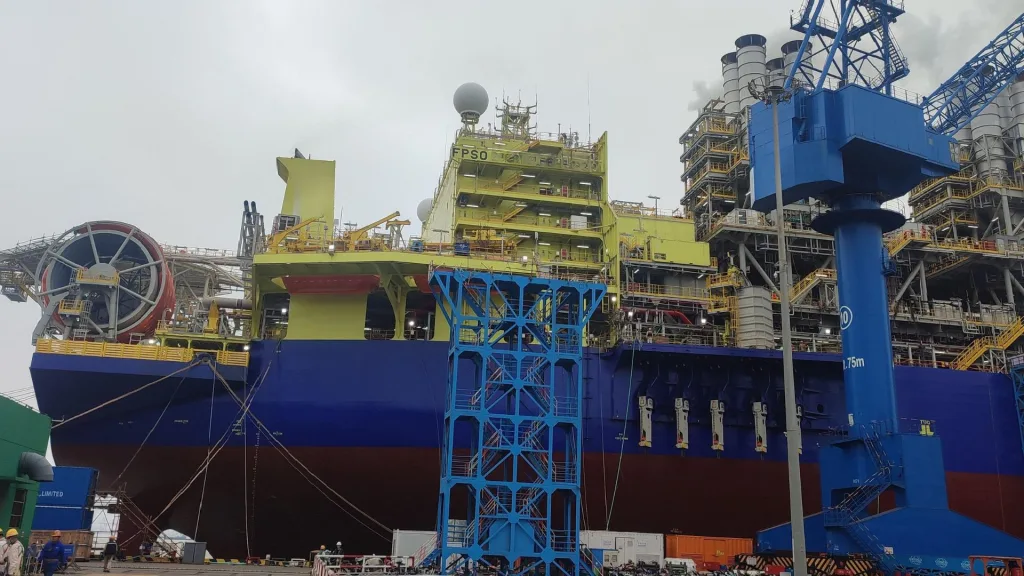
At the heart of modern navigation for FPSO vessels lies GPS technology. GPS enables precise determination of the vessel’s position, velocity, and time information, essential for safe navigation and dynamic positioning systems. These systems rely on signals from a network of satellites to provide accurate positioning data, allowing FPSO operators to maintain their position with high precision, even in adverse weather conditions or challenging offshore environments.
AIS is a key component of maritime navigation safety, particularly in busy shipping lanes and congested offshore areas. FPSO vessels are equipped with AIS transponders that continuously broadcast their identity, position, course, and speed to nearby vessels and shore-based monitoring stations. This real-time exchange of information enhances situational awareness, reduces the risk of collisions, and facilitates efficient traffic management in offshore operations.
Radar Systems
Radar systems play a vital role in detecting nearby vessels, obstacles, and adverse weather conditions. FPSO vessels employ both short-range and long-range radar systems to monitor their surroundings and identify potential hazards. Advanced radar technologies offer features such as target tracking, automatic collision avoidance, and weather mapping, enhancing the vessel’s ability to navigate safely and avoid accidents.
ECDIS (Electronic Chart Display and Information System)
ECDIS replaces traditional paper nautical charts with electronic chart displays, providing real-time navigation data and enhancing situational awareness for FPSO operators. This system integrates GPS data, AIS information, radar overlays, and other relevant data sources to present a comprehensive view of the vessel’s surroundings, improving route planning, voyage optimization, and collision avoidance, contributing to safer and more efficient operations.
Visual and Audible Signals
In addition to high-tech navigation aids, FPSO vessels rely on traditional visual and audible signals to communicate with other vessels and maintain safe navigation. Navigation lights, fog signals, and audible alarms are essential for complying with international maritime regulations and ensuring visibility in low-light conditions or restricted visibility.
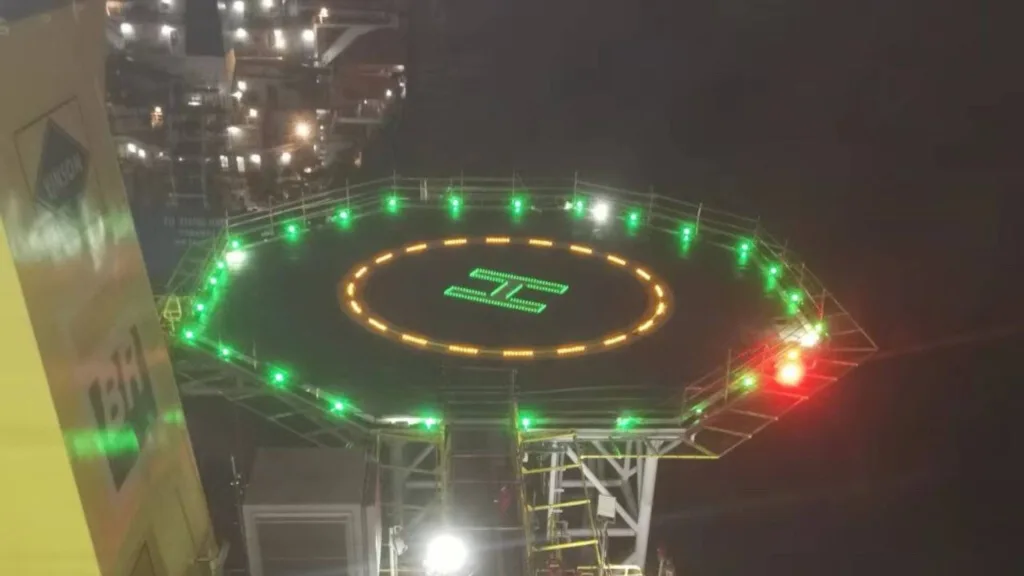
Helideck Lighting and Markings
Many FPSO vessels feature helidecks for helicopter operations, requiring specialized lighting and markings to facilitate safe landings and take-offs. Helideck perimeter lights, touchdown and positioning lights, and helideck identification markings are essential navigation aids for helicopter pilots, enabling them to navigate safely during day and night operations.
Get the Right Team
By leveraging advanced technologies such as GPS, AIS, radar systems, ECDIS, as well as traditional visual and audible signals, FPSO operators can navigate with confidence, mitigate risks, and uphold the highest standards of maritime safety and environmental protection.
Team Vivo Asia is well-versed in the industry requirements and system specifications for the installation of navigation aids for FPSO vessels. With over 10 years of experience in the design and installation of electrical, instrumentation and telecom systems for harsh and hazardous environments, we can ensure a smooth project process!


